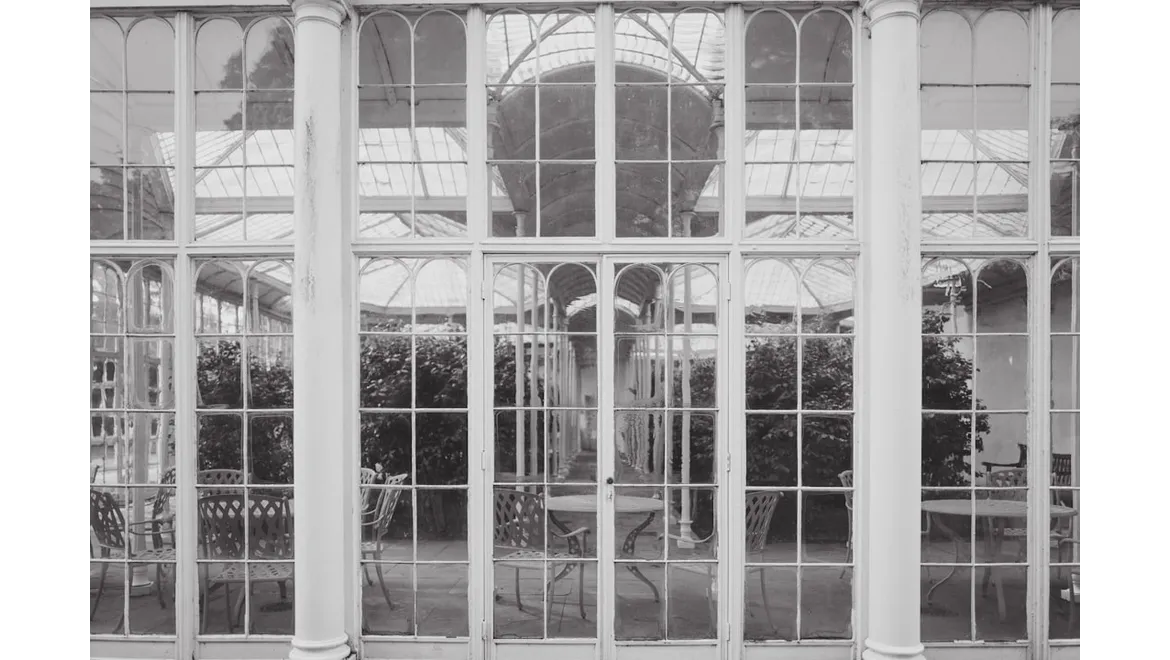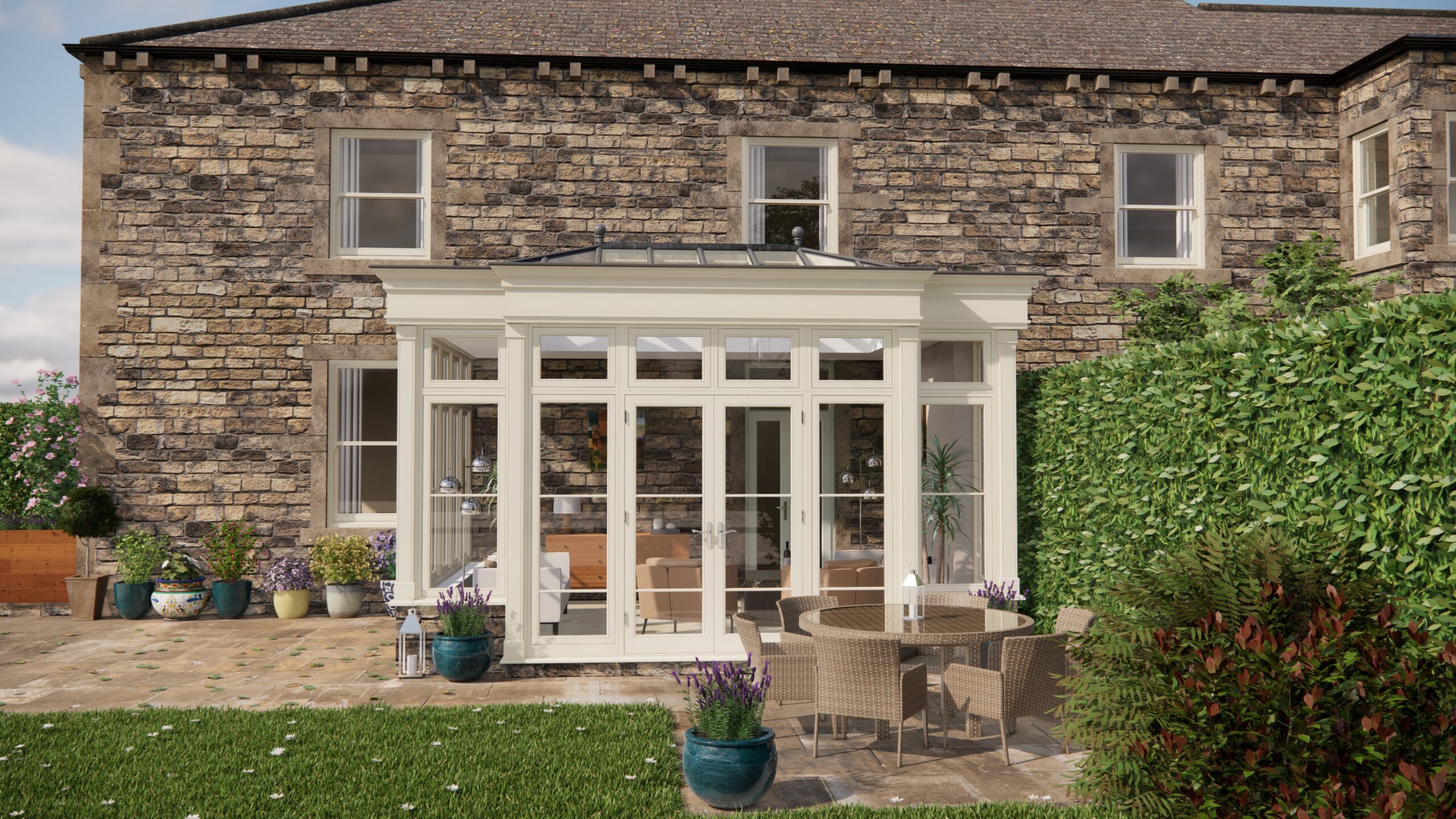Turning my orangery into a vibrant hub for creative workshops was a venture that stemmed from a simple desire to share my passion for arts and crafts with others. The journey was as fulfilling as it was instructive, and today, I’m excited to guide you through the process of transforming your own space into a haven for creativity. Whether you’re an artist, a crafter, or someone who loves to bring people together, hosting workshops in your orangery can be an extraordinarily rewarding experience.
1. Assessing and Preparing the Space
Before hosting any workshops, I took a step back to evaluate the potential of my orangery. I considered its size, lighting, and overall ambience. Orangeries, with their glass windows and natural light, are inherently charming spaces, but mine needed a little sprucing up to become workshop-ready.
First, I ensured that all the windows were clean and that the space was clutter-free. I removed any unnecessary furniture and items that wouldn’t serve a purpose during workshops. This opened up the area, making it feel more spacious and inviting. A quick coat of fresh paint on the walls did wonders, brightening the entire room.
2. Furnishing for Functionality and Comfort
Next, it was time to furnish the orangery. I needed tables and chairs that were both functional and comfortable for participants. I opted for modular tables that could be rearranged easily to suit different workshop formats—from intimate small groups to larger, more collaborative sessions. Comfortable chairs are a must as well; I chose ones with good back support to ensure participants could focus on their creativity without any discomfort.
I also added a few storage solutions, like shelves and storage bins, to keep materials organised and within easy reach. This was crucial for maintaining a clean, efficient workspace.
3. Creating the Right Atmosphere
The atmosphere of the workshop space is key to fostering creativity. I wanted my orangery to inspire those who walked through its doors. To achieve this, I incorporated elements that were visually appealing and sparked imagination.
Decorative plants and soft lighting helped create a warm and welcoming environment. I also hung a few pieces of artwork and inspirational quotes to set the tone. Music can also play a significant role in the creative process, so I invested in a good sound system for background music to accompany the workshops.
4. Planning and Marketing the Workshops
With the space ready, I moved on to planning the workshops themselves. This involved deciding on the types of workshops I wanted to offer. Initially, I stuck to my strengths—watercolour painting and pottery—but soon expanded to include guest instructors for other crafts.
I drafted detailed plans for each workshop, outlining objectives, materials needed, and a step-by-step agenda. This helped in crafting engaging sessions and ensured that I was prepared for each event.
Marketing the workshops was another important step. I started by reaching out to my network through social media and word of mouth. I also created an email list to keep interested individuals informed about upcoming workshops. Partnering with local art stores and community centres for cross-promotion also proved beneficial.
5. Hosting the Workshops
When the day of the first workshop arrived, I was a bundle of nerves and excitement. I welcomed each participant personally, which helped set a friendly and inclusive tone. Providing refreshments, like tea and biscuits, added a personal touch and gave everyone a chance to mingle before the workshop began.
During the sessions, I focused on creating an engaging and supportive environment. Encouraging interaction and collaboration among participants not only made the workshops more fun but also enriched the learning experience.
6. Gathering Feedback and Making Improvements
After each workshop, I made sure to gather feedback from participants. This was invaluable for understanding what worked and what could be improved. Whether through informal chats or structured feedback forms, this input guided the evolution of my workshops, allowing me to continuously refine the experience.
In transforming my orangery into a space for creative gatherings, I’ve discovered the joy of bringing people together to explore their creativity. It’s not just about the workshops themselves, but about creating a community of like-minded individuals who inspire and support one another. By following these steps, you too can create a vibrant, creative space in your own home, and perhaps even discover a new passion for sharing your skills with others.


